In a corner of the campus shaded by green trees, a small meteorological monitoring station stands quietly. It is not only an instrument for recording weather data but also has become a vivid classroom for science education in middle schools. The campus meteorological monitoring station, with its moderate scale and practical functions, perfectly meets the demands of middle school education, transforming abstract meteorological knowledge into tangible and observable real experiences.
The most notable feature of the WX-XQ3 campus meteorological monitoring station is its educational adaptability. Unlike the complex and large professional weather stations, the campus version is compactly designed and easy to operate, yet it includes monitoring functions for basic meteorological elements such as temperature, humidity, wind speed and precipitation. This just-right conciseness enables middle school students to easily understand the principles of the instruments while maintaining scientific rigor. When the students gathered around the monitoring station, watching the data flickering on the display screen, meteorology was no longer a dull concept in textbooks but a vivid phenomenon before their eyes.
These monitoring stations specially designed for education often have a friendly appearance and bright colors, blending harmoniously with the campus environment. They do not require complex maintenance, and teachers can guide students to use them after simple training. In practical classes, students can form groups to record data and draw weather change curves. In extracurricular activities, members of the meteorology club can carry out simple climate observation projects. This "learning by doing" approach has greatly stimulated students' interest in natural science.
Modern campus meteorological monitoring stations have achieved a transformation from "simple observation" to "teaching interaction". Many models are equipped with data visualization interfaces, converting numbers into intuitive charts. Some can even connect to the campus network, allowing different classes to share the monitoring results. When abnormal weather occurs, monitoring stations become the best teaching materials. Teachers can immediately explain the causes and impacts of weather phenomena, closely connecting theoretical knowledge with the real world.
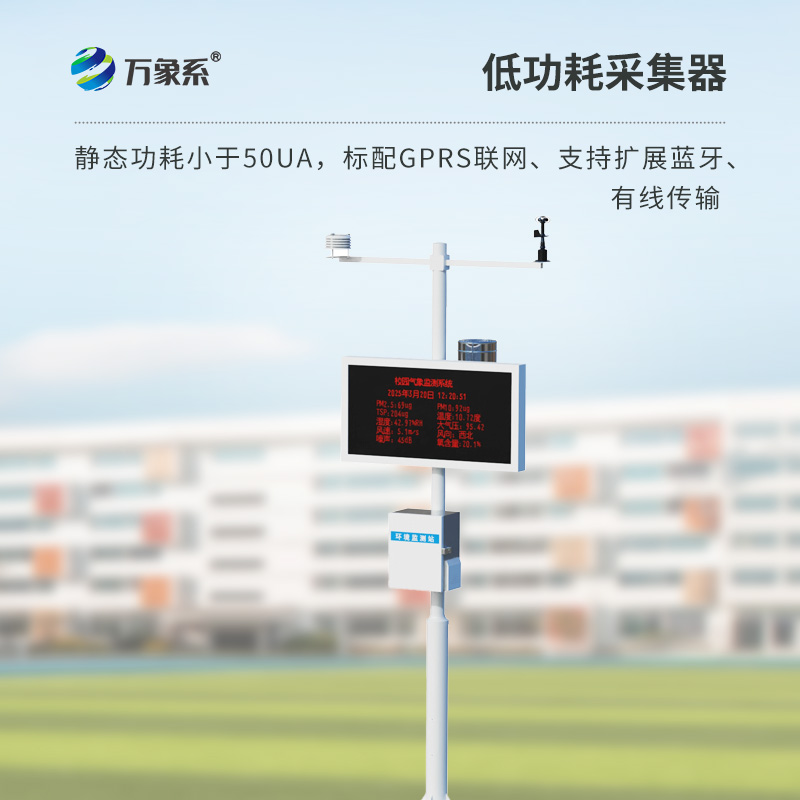
Article address:
http://www.qxhjjc.com/en/newcen/1718.html

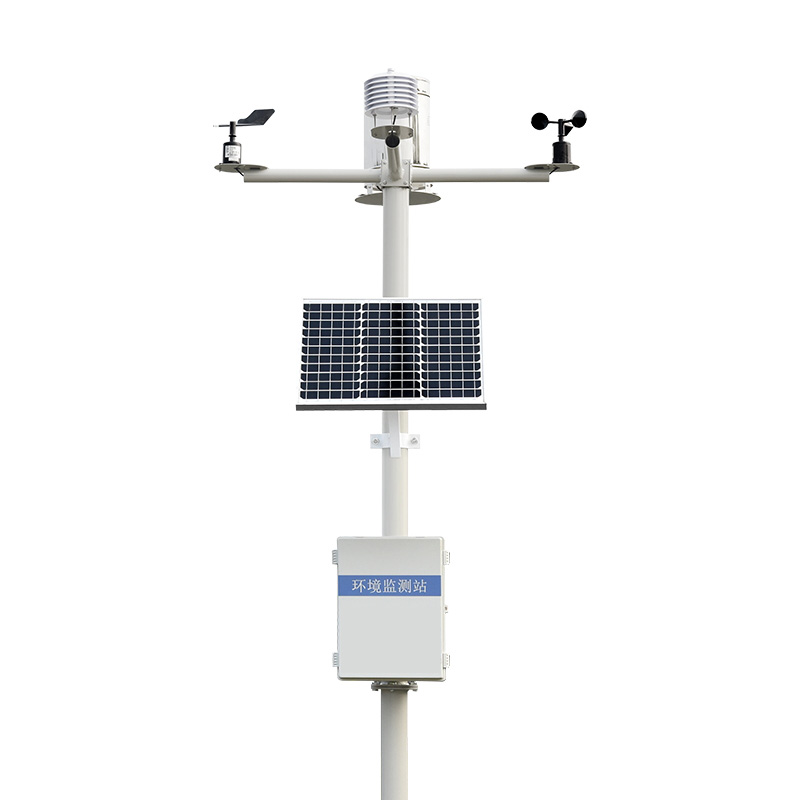
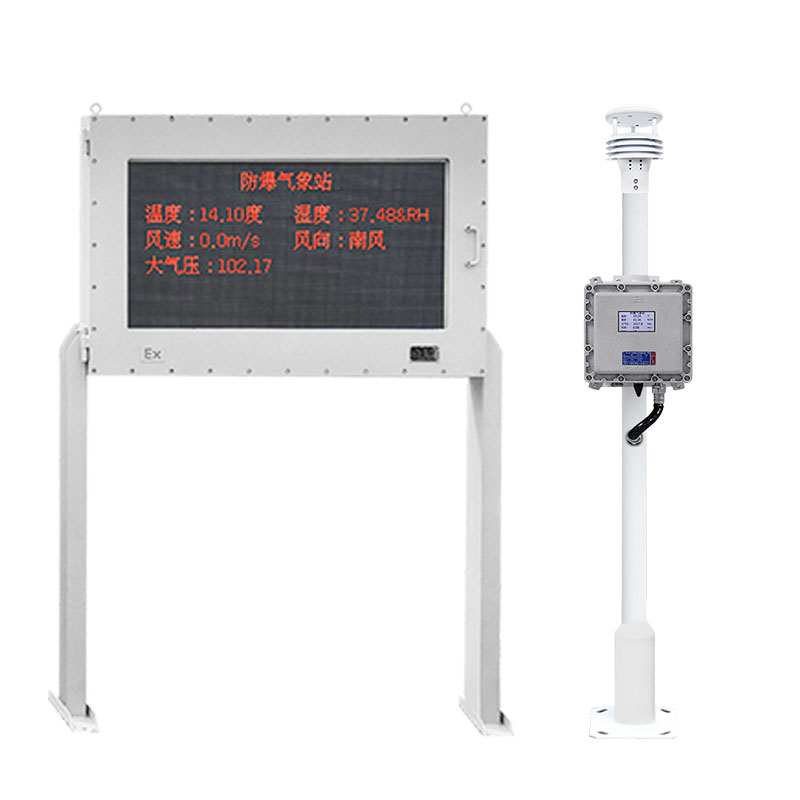
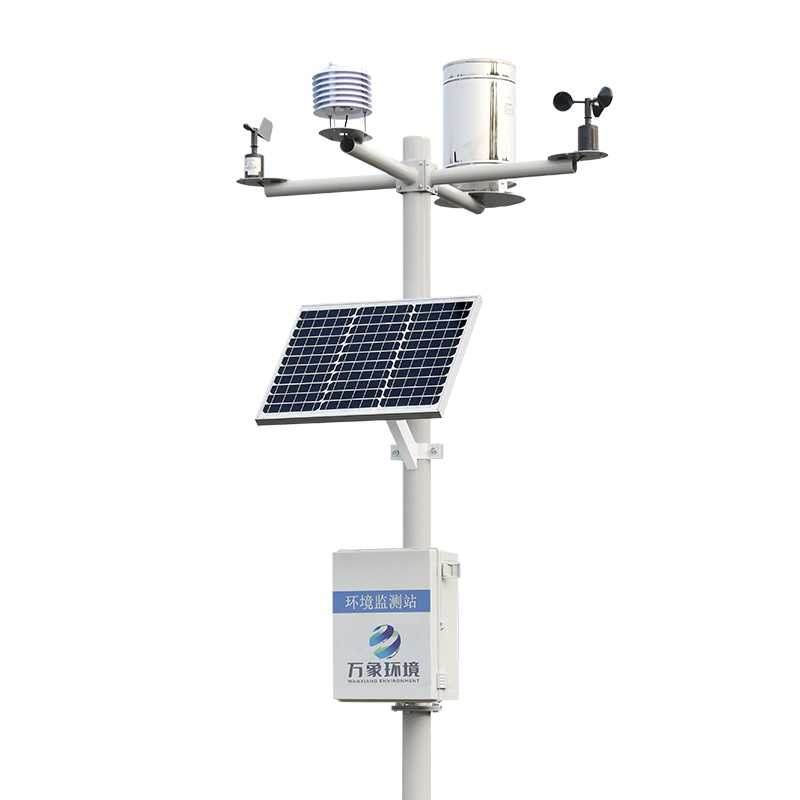
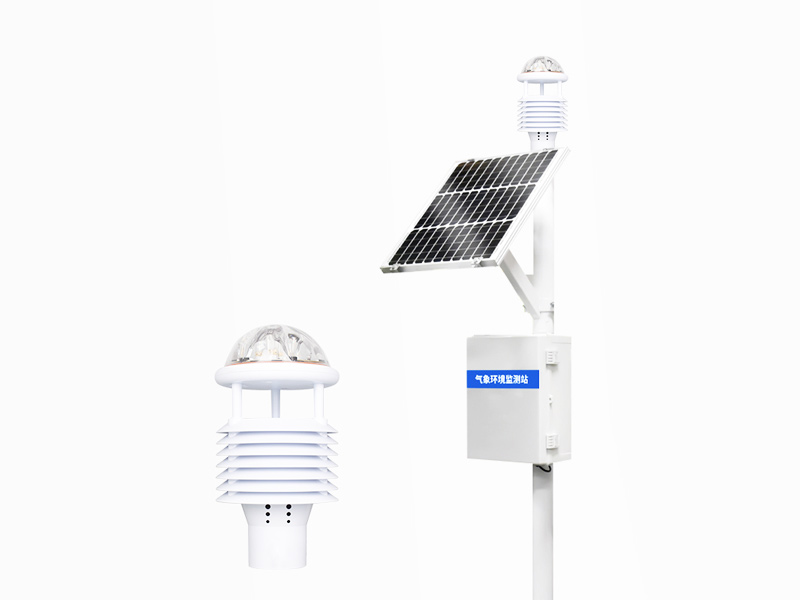
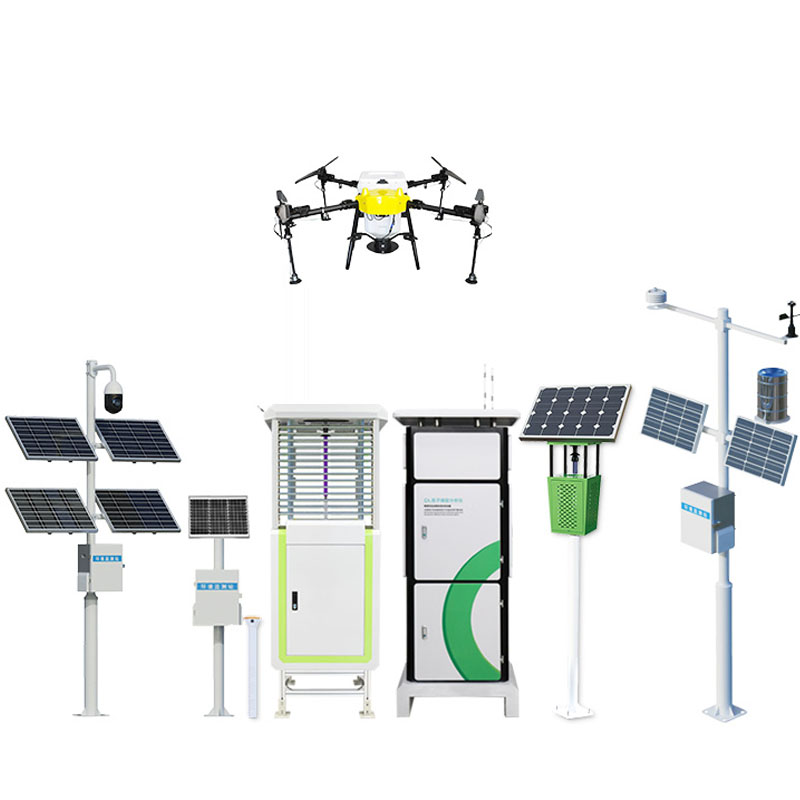






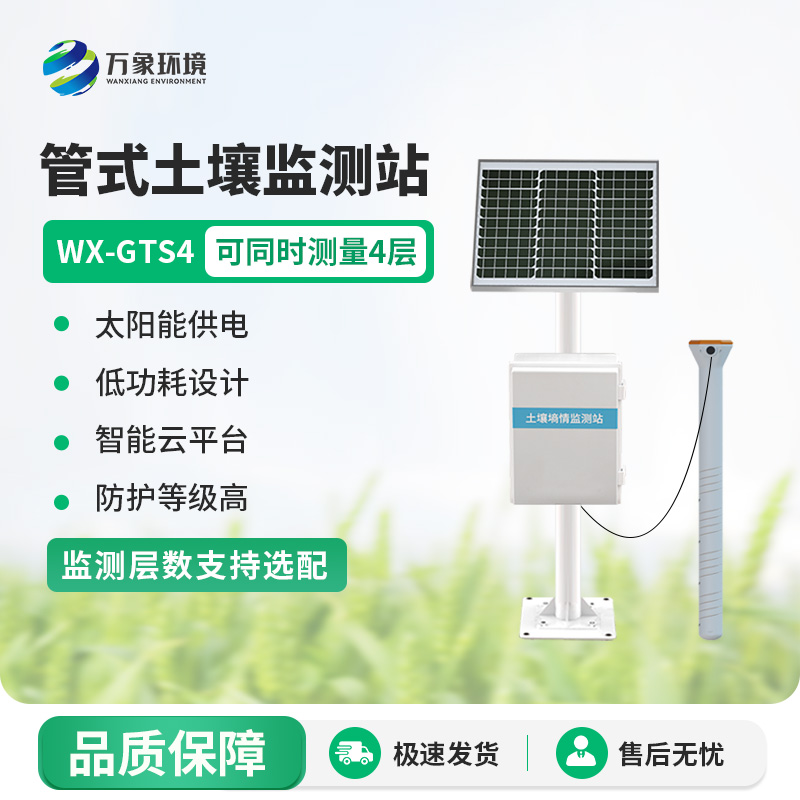
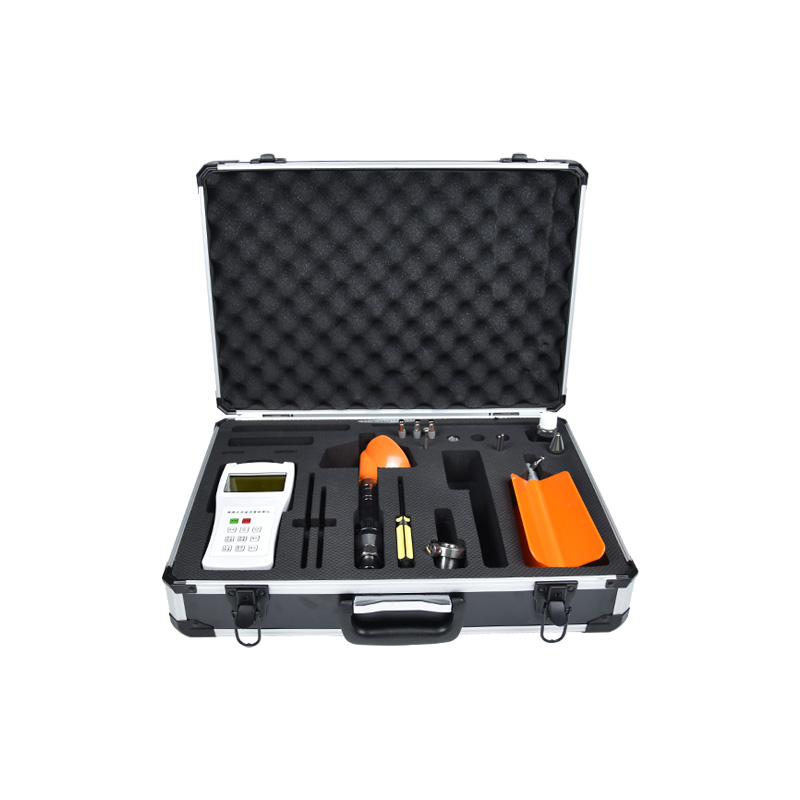
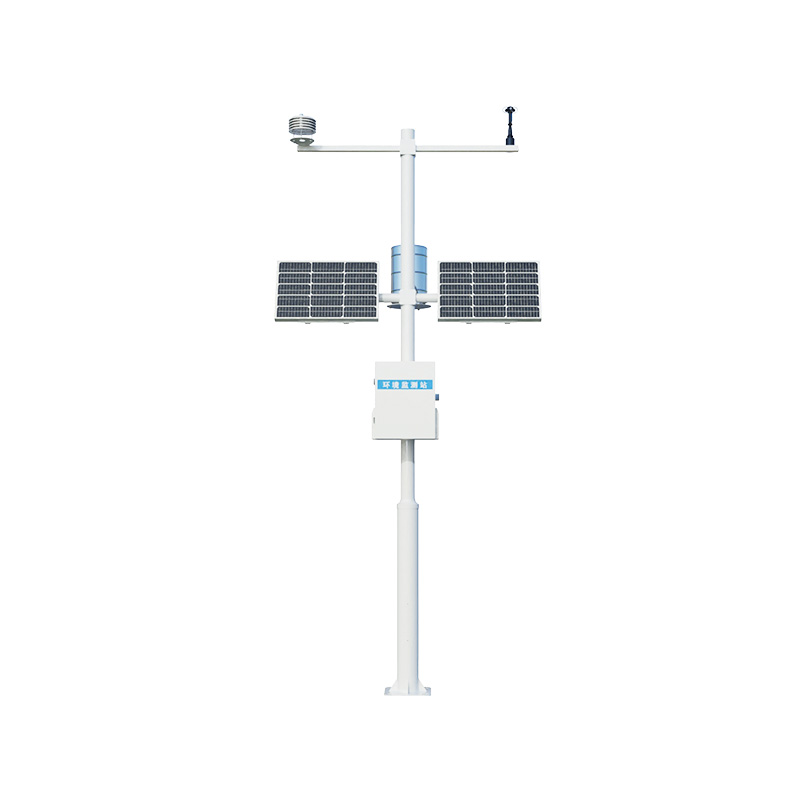
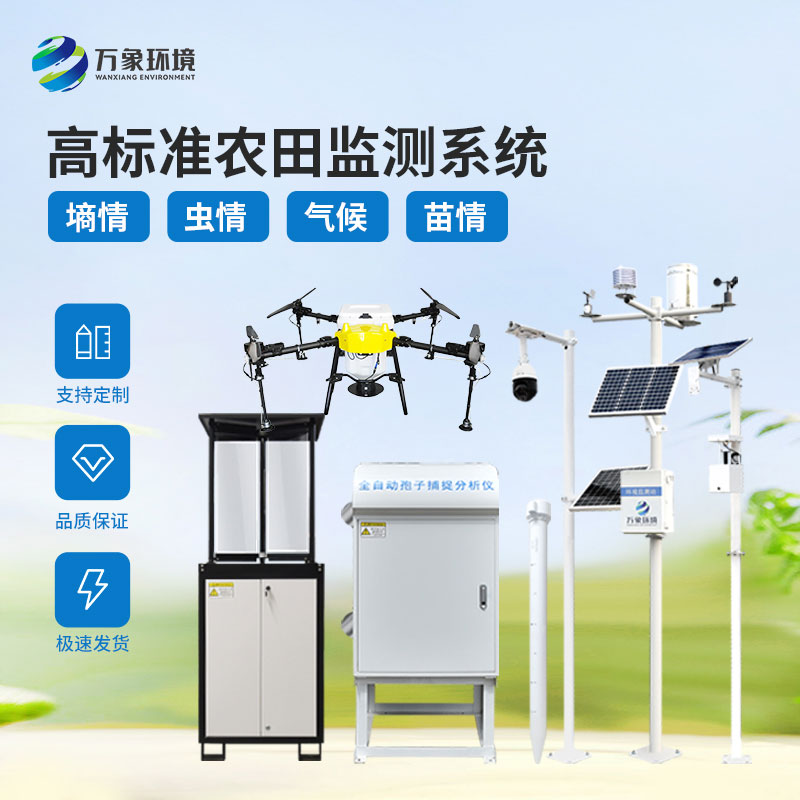
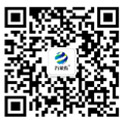

 Home
Home phone
phone Product Overview
Product Overview Contact Us
Contact Us